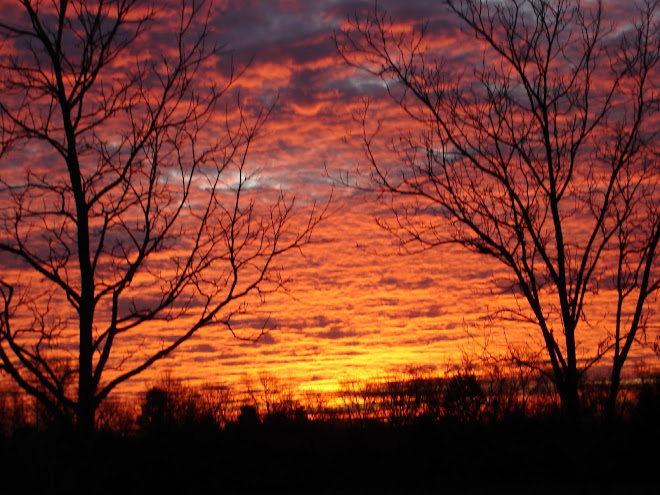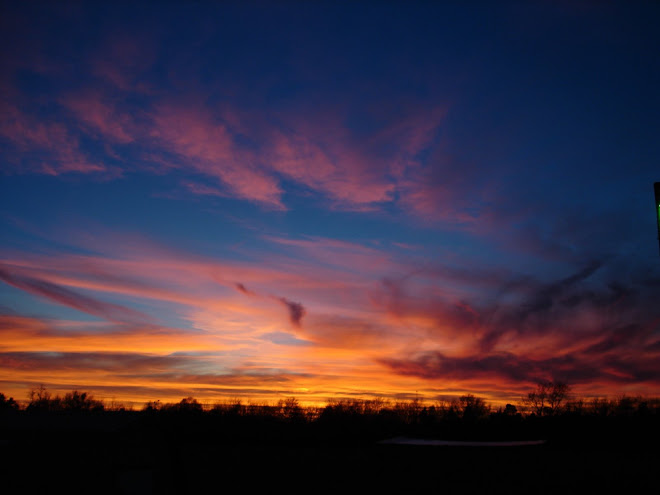



Spring is one of the four temperate seasons. Spring marks the transition from winter into summer.
Definition of Spring
Definition of Spring
According to the astronomical definition, spring begins on the Vernal Equinox (usually March 21 in the Northern Hemisphere, and September 21 in the Southern Hemisphere), and lasts until the summer solstice (usually June 22 in the Northern Hemisphere and December 22 in the Southern Hemisphere). According to this definition, therefore, the day called Midsummer's Day in some traditions is the first day of Summer. Meteorologists generally define the beginning of spring as March 1 in the Northern Hemisphere and September 1 in the Southern Hemisphere. According to the Celtic tradition which is based solely on daylight and the strength of the noon sun spring begins in early February (near Imbolc or Candlemas) and continues until early May (Beltane). Unlike the other three seasons, people in relatively cool climates are likely to use the astronomical definition for the beginning of spring in popular jargon but retain the meterological definition for the other three seasonal turning points.
The phenological definition of spring relates to vindicators, the blossoming of a range of plant species, and the activities of animals, or the special smell of soil that has reached the temperature for micro flora to flourish. The first swallow to arrive or the flowering of lilac may be the indicator of spring. It therefore varies according to the climate and according to the specific weather of a particular year.
Events that occur during spring
In recent decades season creep has been observed, which means that many phenological signs of spring are occurring earlier in many regions by a couple of days per decade.
In spring, the axis of the Earth is tilted toward the Sun and the length of daylight rapidly increases for the relevant hemisphere. The hemisphere begins to warm significantly causing new plant growth to "spring forth," giving the season its name. Snow, if a normal part of winter, begins to melt and streams swell with runoff. Frosts, if a normal part of winter, become less severe. Many temperate climates have no snow and may have no frosts, and the air and ground temperature increase. Many flowering plants bloom this time of year, in a long succession sometimes beginning even if snow is still on the ground, continuing into early summer. In normally snowless areas "spring" may begin as early as February (Northern Hemisphere) heralded by the blooming of deciduous magnolias, cherries, and quince, or August (Southern Hemisphere) in the same way. Subtropical and tropical areas have climates better described in terms of other seasons, eg dry or wet, or monsoonal, or cyclonic. Often the cultures have locally defined names for seasons which have little equivalence to the terms originating in Europe. Many temperate areas have a dry spring, and wet autumn (fall), which brings about flowering in this season more consistent with the need for water as well as warmth. Subarctic areas may not experience "spring" at all until May or even June, or December in the outer Antarctic.
While spring is a result of the warmth of the turning of the earth's axis, the weather in many parts of the world is overlain by events which appear very erratic taken on a year to year basis, but the rainfall in spring, or any season, follow trends more related to longer cycles or events created by ocean currents and ocean temperatures which move to different complex effects. A good and well researched example being the El Nino effect and the Southern Oscillation Index.
Unstable weather may more often occur during spring, when warm air begins on occasions to invade from lower latitudes, while cold air is still pushing on occasions from the Polar Regions. Flooding is also most common in and near mountainous areas during this time of year because of snowmelt, many times accelerated by warm rains. In the United States, Tornado Alley is most active this time of year, especially since the Rocky Mountains prevent the surging hot and cold air masses from spreading eastward and instead force them directly at each other. Besides tornadoes, supercell thunderstorms can also produce dangerously large hail and very high winds, for which a severe thunderstorm warning or tornado warning is usually issued. Even more so than winter, the jet streams play an important role in unstable and severe weather in the springtime in the Northern Hemisphere.
As mentioned, spring is a term for temperate climates, but the news of many countries covers large parts of continents and so we may hear of the hurricane season (Northern Hemisphere) and cyclone season Southern Hemisphere officially beginning in late spring. This is less to do with the relationship of spring to hurricanes / cyclones but more to do with the extent of media coverage and the use of seasonal terms from the one part of a continent to make reference to what is happening in other less temperate climates. The monsoon season is the monsoon season, and not some variation of spring or summer, except for those perceiving it from a temperate climate background.
Spring is seen as a time of growth, renewal, of new life (both plant and animal) being born. The term is also used more generally as a metaphor for the start of better times, as in Prague Spring.
Spring is the end of winter, and the culmination of lengthening days. The Christian season of birth and renewal has Easter at this time.
Spring in the Southern Hemisphere is different in several significant ways to that of the Northern Hemisphere. This is because: there is no land bridge between Southern Hemisphere countries to the Arctic zone capable of bringing in cold air without the temperature mitigating effects of extensive tracts of water; the vastly greater amount of ocean in the Southern Hemisphere at all latitudes; at this time in Earth's geologic history the Earth has an orbit which brings it in closer to the Southern Hemisphere for its warmer seasons; there is a circumpolar flow of air (the roaring 40's and 50's) uninterrupted by large land masses; no equivalent jet streams; and the peculiarities of the reversing ocean currents in the Pacific...





%5B1%5D.jpg)








No comments:
Post a Comment